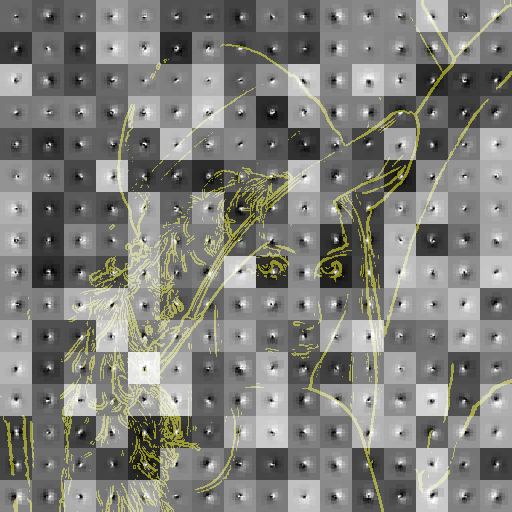Projects

Image reconstruction from Local Binary Descriptors
Inferring image content from local descriptors.
Emmanuel d’Angelo is a passionate Image Processing and Computer Vision engineer. His research interests include 2D and 3D data processing, non-locality, photogrammetry and georeferenced information analysis. He’s now a technical manager at Pix4D learning the techniques of Product Management.
PhD in Electrical Engineering, 2013
EPFL (Swiss Federal Institute of Technology)
MSc in Mathematics, Vision, Machine Learning, 2005
Ecole Normale Supérieure (Paris/Cachan, France)
MEng in Remote Sensing, 2003
ISAE (Sup'Aéro, France)
When starting with Deep Learning on your own (without any legacy code or compatibility constraint), it may be daunting to choose one among the many frameworks available.
[Update 22.03.2018: link to correct Youtube publication.]
U-Net was proposed in 2015 for medical image segmentation. You can find the original paper, along with some video introduction on the project homepage. Its structure is relatively simple and shallow, so it seems to be well fitted for a learning work.

Inferring image content from local descriptors.
While a PhD student at EPFL’s Signal Processing Lab 2, I’ve been a TA for the following courses:
While in France, I’ve also given C/C++ programming labs for ENSTA-ParisTech new students.